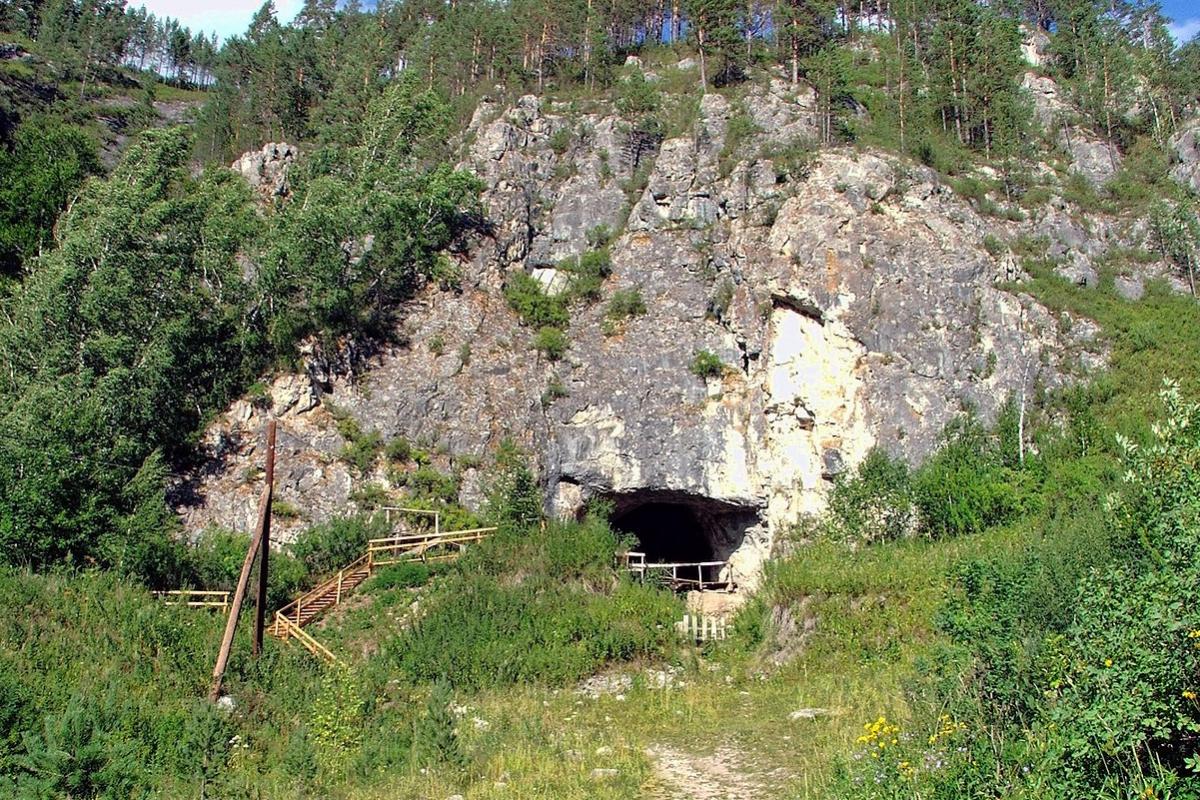D: Anthropologists study fossilized remains to learn about the evolutionary relatives of humans. And we know, Yaël, that our species, Homo sapiens, once shared Earth with several close relatives, called hominins, such as the Neanderthals who became extinct about forty thousand years ago, and the Denisovans, who died out between ten and thirty thousand years ago.
Y: It’s interesting, Don, that modern anthropologists can do more than just study fossil bones and teeth. Ancient remains sometimes contain surviving DNA, and this has let scientists study the genomes of both the Neanderthals and the Denisovans. By comparing data from these samples with the genes of modern people, they discovered that our species sometimes interbred with both these hominins. Many modern Europeans and Asians have some genes inherited from Neanderthal ancestors. Many natives of Australia, New Zealand, and the Pacific islands have genes inherited from Denisovans.
D: Could researchers discover a new kind of hominin by using only genetic analysis of modern people?
Y: They may have. In twenty-twenty, two American geneticists announced they found evidence of a new species of hominin by analyzing the genomes of modern African people. They discovered that between two and nineteen percent of the genetic material of two modern human groups in western Africa called the Yoruba and Mende come from some other population of hominins. They also found more limited evidence of similar genes in Europeans and Chinese. This is evidence that interbreeding happened before the ancestors of these groups left Africa.
D: But, with no ancient DNA or fossils how can researchers be sure?
Y: They’ll still need ancient evidence to confirm the finding. For now, they call it a “ghost” hominin.









